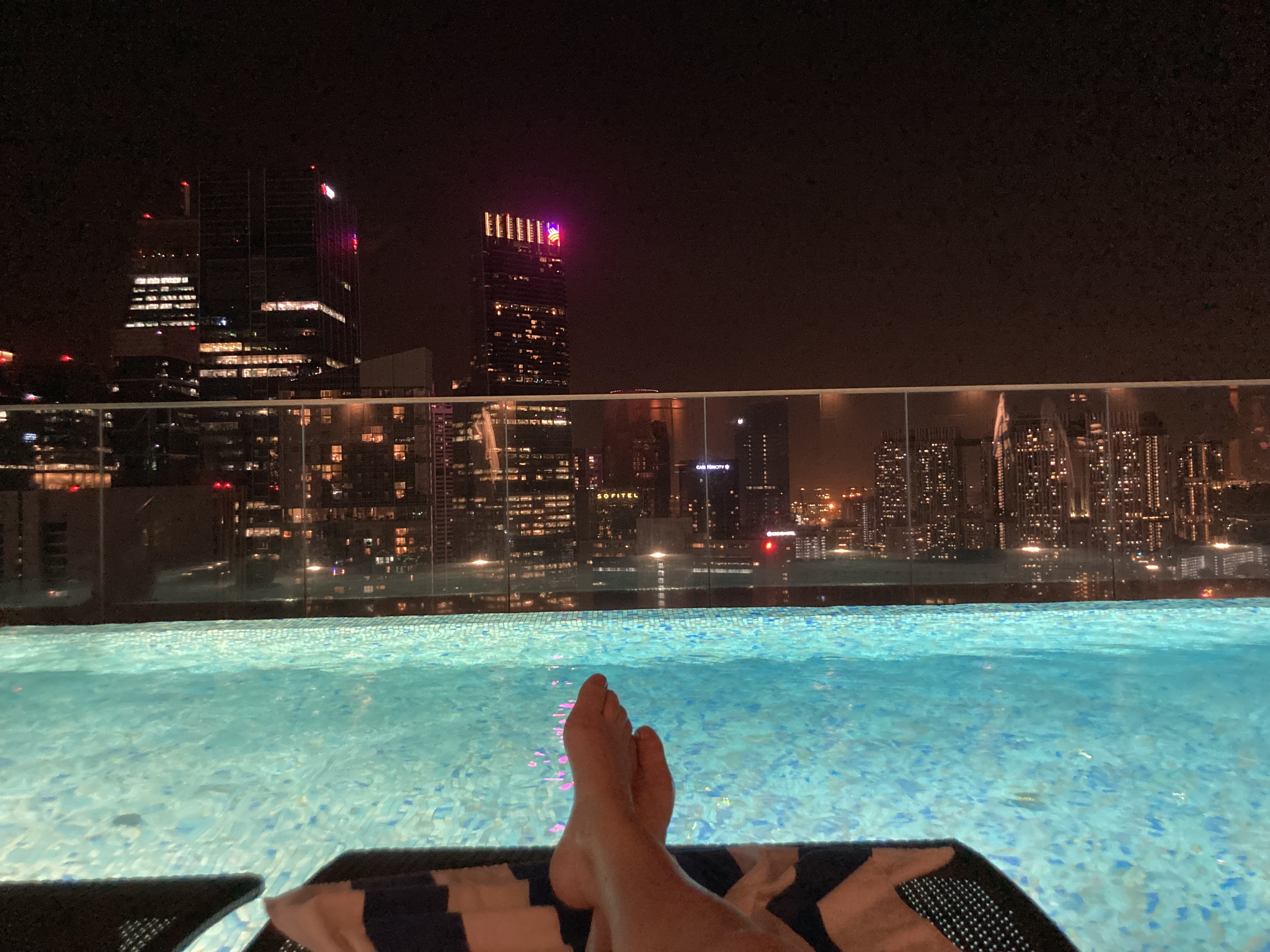Immersive Wellbeing: Singapore's Blueprint for a Balanced Life

Having just returned from a month’s travelling, visiting Singapore, Malaysia, Thailand and South East Asia, I have so much to share with you about everything I have learnt both with regard to our personal approach to wellness and work-life balance (which I would rather term work-life harmony as we don’t always get the balance right, do we?)
We're part of an age where health span and life span go hand-in-hand. Our biological age is considered more important than our chronological age.
While the pandemic was a setback, it galvanised the wellness movement.
Looking at a seven year span, according to the Global Wellness Institute (GWI), wellness tourism will jump from $720 billion (2019) to $1.4 trillion by 2027.
Global Wellness Economy Monitor 2023globalwellnessinstitute.org
What struck me while I was in Singapore was that everyone I met shared the same vision: wellness isn’t just a buzzword, it’s a way of life. Even the taxi driver who picked me up from the airport could articulate the government’s long-term vision for the nation’s prosperity.
Singapore doesn’t just talk about wellness; it embeds it into the fabric of daily life.
The city itself is designed to promote well-being, from the abundant green spaces like Gardens by the Bay to the seamlessly integrated cycling and walking paths that encourage movement.
Even in the bustling financial district, you’ll find rooftop gardens and wellness initiatives built into workplaces. The government has been proactive in shaping a culture where longevity and quality of life go hand in hand ...
investing in preventative healthcare,
promoting active aging programs,
and ensuring that wellness is accessible to all, not just a luxury for the few.
This made me reflect: what if more countries adopted this approach?
What if wellness wasn’t just an afterthought but a core pillar of work culture and national policy?
Having taught full-time in the UK’s further education sector for over 20 years, I’ve seen firsthand the consequences of neglecting workplace well-being. I’ve always championed the idea that wellness shouldn’t be an optional extra - it should be embedded into the very structure of how we work and live.
Here’s the harsh reality.
Many organisations struggle under the weight of staff sickness. Absenteeism drains resources, but the real issue runs deeper; those who remain are left to pick up the slack, leading to burnout, stress, and an inevitable cycle of disengagement.
Instead of proactive wellness strategies, many workplaces rely on reactive, short-term fixes that fail to address the root causes of employee well-being.
What if wellness was not just a personal goal but a national priority woven into policies, urban planning, and work culture?
What can we learn from this?
Can we adopt some of these wellness principles in our daily lives or workplaces?
Perhaps that's the subject of a further wellness blog.
Most certainly.
More to follow.
⬇️ 👇
By the way, a really great way for us to keep in touch is for you to go ahead and grab my free resources which will help you master your mindset, create a sense of balance; become a happier, more productive; a more in-the-flow version of YOU.
They are always featured in our Seasonal Newsletter.
Go ahead and do that now on the link below and while you're there, explore our show-stopping resources but do come back and read some of my earlier blogs (which I think you'll love :-)
Click and scroll down.

